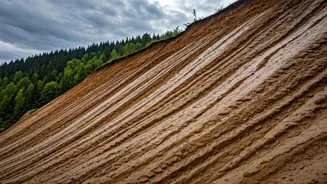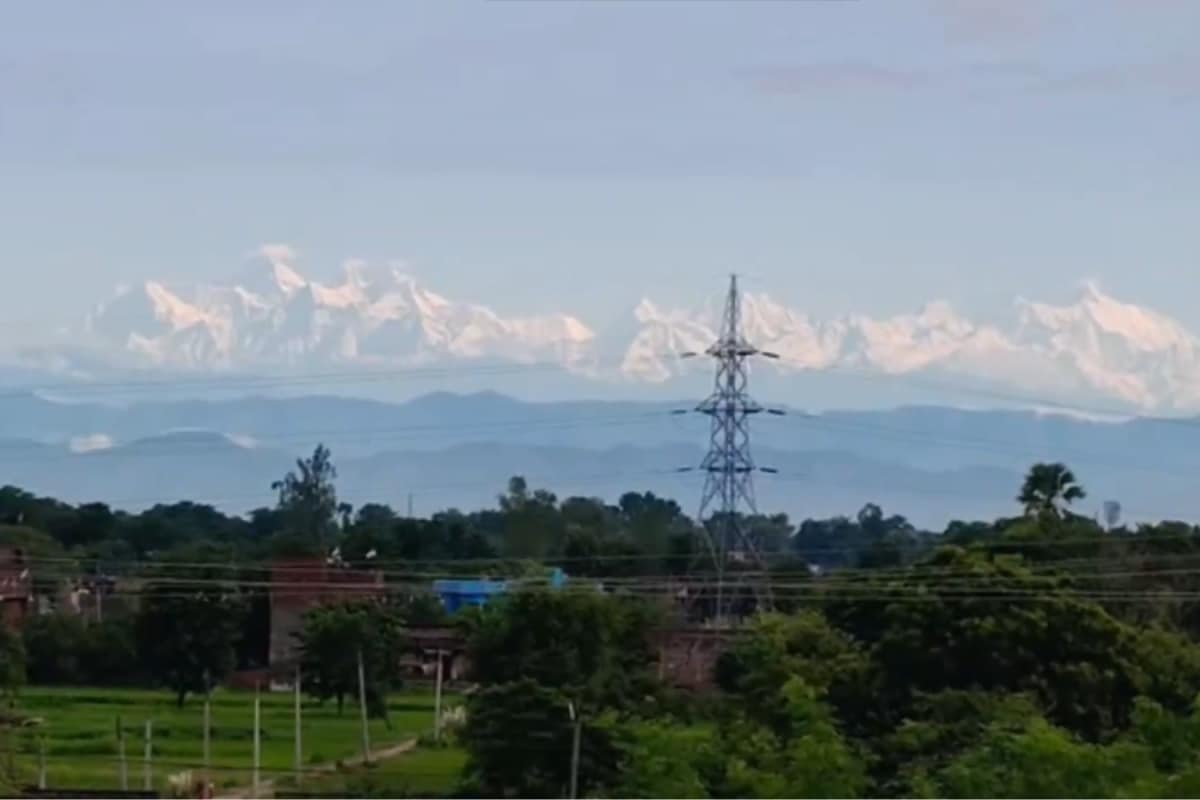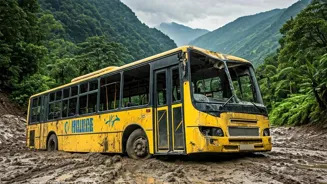The Devastating Incident
On a fateful day, a horrific landslide struck Himachal Pradesh, resulting in the loss of fifteen lives. The incident, which involved a bus, occurred as
a mountain face collapsed, burying the vehicle and its occupants. This sudden and violent event left the local community and the entire nation in shock. The scale of the disaster necessitated an immediate and coordinated response, with rescue teams working tirelessly amidst challenging conditions to locate survivors and recover the deceased. Initial reports indicated the landslide's cause was due to heavy rainfall and unstable geological conditions, but further investigations will be needed to determine the exact triggering factors. The entire incident underscored the vulnerability of the region, particularly during monsoon season when such events are more frequent, and brought into stark relief the crucial need for robust disaster management protocols and proactive risk mitigation strategies. The tragedy has triggered a wave of grief and sympathy, as people across the country express their condolences and offer support to the affected families. Government authorities have announced assistance and are taking steps to address the immediate needs of the survivors, including providing shelter, medical care, and counselling services.
Rescue and Response
Following the devastating landslide, rescue operations were initiated swiftly. Teams of local authorities, disaster management personnel, and volunteers mobilized to the scene to search for any survivors and recover the remains. The rescue efforts faced many challenges: the unstable terrain, continued rainfall, and the difficult access to the area. The officials deployed heavy machinery to clear the debris, which were essential for reaching the buried bus. Despite these difficulties, the rescue workers showed unwavering commitment, working tirelessly, and putting their own lives at risk. Medical teams were on standby to provide immediate assistance to any survivors, but sadly, the scale of the tragedy was evident as the number of fatalities mounted. The government has announced financial assistance to the families of those who lost their lives and those who survived with injuries. The focus has now shifted towards supporting the survivors and providing them with the necessary resources. The incident exposed the critical need for improved disaster response infrastructure, efficient communication systems, and better preparedness for such natural calamities. The overall response demonstrated the importance of collaboration and coordinated efforts among different agencies to minimize the impact of such disasters.
Causes and Implications
The tragic incident of the landslide in Himachal Pradesh compels an assessment of its underlying causes and the broader implications for the region and beyond. Preliminary investigations point towards the possibility of heavy rainfall as a contributing factor. Moreover, the geological instability of the area, exacerbated by construction activities and deforestation, may have heightened the risk of landslides. This particular event is a reminder of the complex interplay of natural and human factors that can lead to such disasters. It is also important to consider the impact on local communities. These landslides can devastate infrastructure, disrupt livelihoods, and displace families. This tragic event has brought to light the critical importance of sustainable development practices. It has also put into focus the importance of enforcing stricter regulations on construction activities and land use planning. The government needs to invest in comprehensive risk assessments and early warning systems to mitigate the impact of future landslides. The incident calls for a multi-faceted approach that encompasses disaster preparedness, response mechanisms, and long-term resilience-building initiatives.
Preventative Measures Needed
The tragic landslide in Himachal Pradesh serves as a stern warning and a catalyst for implementing essential preventative measures to mitigate future disasters. A crucial step involves conducting detailed geological surveys and hazard mapping to identify areas prone to landslides, which will inform land-use planning and construction regulations. Strengthening infrastructure is also crucial. It means building roads, bridges, and other structures to withstand the impact of landslides. Additionally, reforestation and afforestation programs can play a pivotal role in stabilizing slopes and reducing the risk of soil erosion, which is a major factor. Furthermore, investing in early warning systems that can provide timely alerts to the authorities and the public can give people time to evacuate from hazardous areas. It is imperative to educate the public about the risks of landslides and provide them with the necessary knowledge and skills to respond safely during such events. A collaborative approach, involving government agencies, local communities, and experts, is vital to ensure the effectiveness of these measures. The goal must be to build resilient communities that can withstand the impacts of natural disasters and protect human lives and property.
Community and Support
The aftermath of the Himachal Pradesh landslide revealed the strength and resilience of the community, along with the importance of providing ongoing support to those affected. Local residents and volunteers immediately rallied to assist in rescue efforts and provide essential aid to the victims. This sense of solidarity highlights the inherent human capacity for empathy and cooperation in times of crisis. The government and various organizations provided immediate support. This support encompassed providing temporary shelter, food, medical care, and counselling services to the survivors and the families of those who died. In the long term, it is essential to provide the survivors with financial assistance, housing, and livelihood support. Moreover, it is crucial to establish mental health programs to address the psychological trauma experienced by the victims and their families. The overall recovery process will be lengthy and complex, and sustained support from both the government and the community will be essential. It is important to remember that recovery goes beyond the immediate aftermath of the disaster, and that building a strong and supportive community will ensure lasting resilience for the region.













